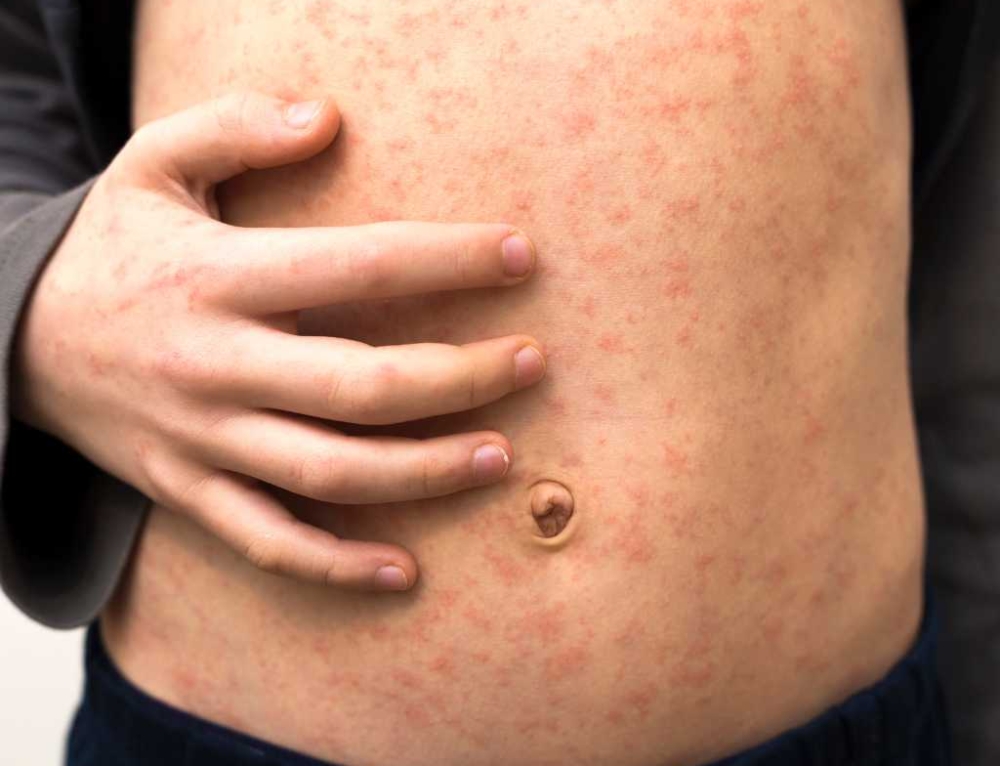You’ve taken your child to the doctor with a nasty bout of diarrhoea – next minute you’re being told that your pride and joy has a “notifiable disease” and details of the illness are being forwarded to a government department.
This may sound scary – or even Big Brother-like – but don’t panic, this is a routine process, and important for so many reasons.
What are notifiable diseases?
Notifiable diseases are any diseases that are required by law to be reported to government authorities. Armed with this information, health authorities can then monitor disease, and provide early warning of possible outbreaks, pandemics or epidemics, and ensure the right medications or vaccinations are stockpiled and appropriate procedures for treatment are in place.
There is a list of about 52 notifiable diseases in New Zealand, which is reviewed regularly. Some examples of notifiable diseases are HIV, hepatitis B and C, typhoid, cholera, malaria, sexually transmitted diseases such as chlamydia and syphilis, as well as conditions which may have been caused by food poisoning like salmonella and listeriosis.
Communicable diseases for which there are vaccinations – for example, chicken pox, measles, rubella, whopping cough and mumps – are also notifiable conditions so governments can be aware of the impact immunisation, or the lack of, is having on the population.
Why monitor communicable diseases?
Surveillance of communicable disease is undertaken at a state and national level. This is so:
- Outbreaks can be detected and trends identified
- Health policy can be developed and resources for promotion, treatment and prevention allocated
- The need and impact of national disease control programs, like immunisations, can be monitored
- National or regional responses can be coordinated
- Various international reporting requirements can be met
- Quarantine requirements can be established if needed
Can you refuse?
Not really. If it is a notifiable condition, doctors and laboratories are required by law to provide certain State and Federal government departments with key information about patients and their illness.
On a national level, the information is forwarded to the Ministry of Health. They are responsible for monitoring the occurrence of infectious diseases throughout New Zealand. Information that identifies patients is always removed before.
If you require more information on notifiable diseases, your GP is a good place to start.
This article was written by Fiona Baker for Kidspot, New Zealand’s best family health resource.







Leave A Comment
You must be logged in to post a comment.